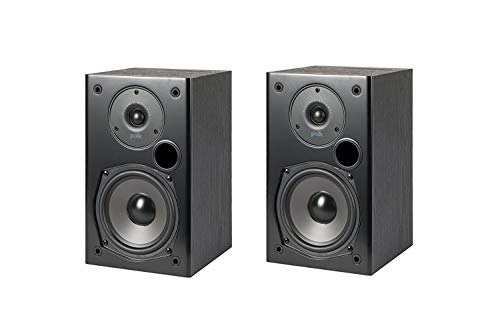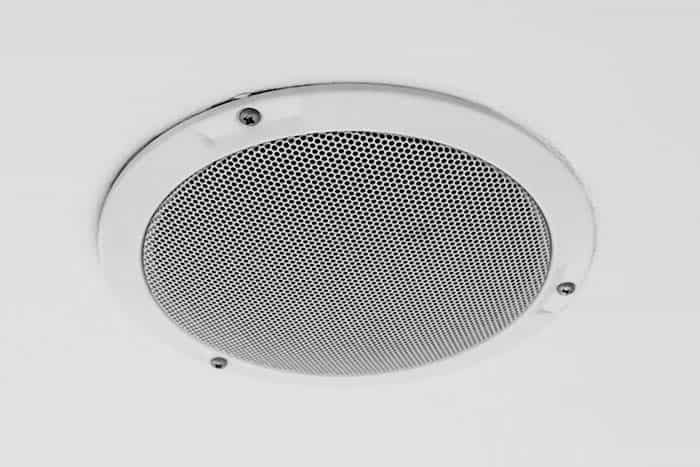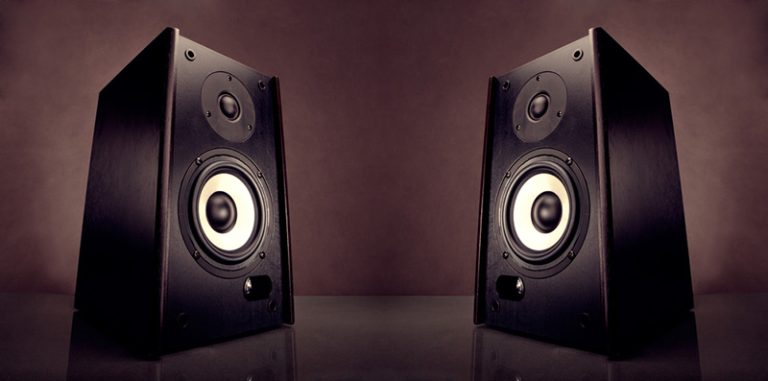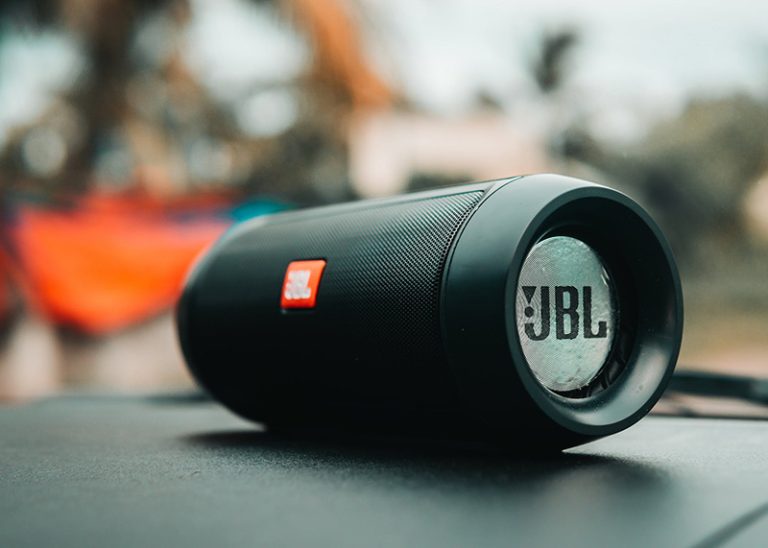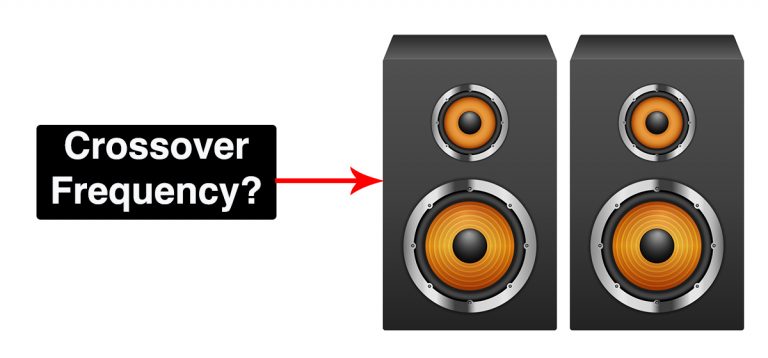Can Any Speaker Be Used for Dolby Atmos?
Dolby Atmos enhances a home theatre system’s traditional surround sound experience by bringing in and adding the third dimension to two-dimensional audio. A 5.1 or 7.1 setup reproduces audio in the x and y axes. Dolby Atmos uses a more elaborate design to deliver audio in x, y, and z axes.
You can use any speaker for Dolby Atmos, provided you have a sufficient number of them for the full surround sound setup and a compatible AV receiver. Also, you will need elevated or ceiling speakers at an appropriate height and adequately aligned to experience the intended 3D effect of Dolby Atmos.

You may use your existing speakers for a Dolby Atmos setup. The type and placement of speakers play a pivotal role in determining if the reproduced audio will genuinely have a spatial feel. Keep reading to integrate your speakers with Dolby Atmos.
Also read: Is Dolby Atmos Really Worth It?
Dolby Atmos 3D Effect vs. 2D Surround Sound
2D surround sound in a home theater system involves directing or redirecting audio to be reproduced by a specific speaker.
You can tell if a particular sound originates from the front or rear, left or right speaker. Dolby Atmos does not assign audio to any specific speaker. It uses the available space.
Dolby Atmos-enabled or compatible speakers can throw the reproduced audio into the 3D space around you, especially above.
The audio you hear appears to originate at a particular point or zone in this 3D space and not from a specific speaker or output source. Hence, Dolby Atmos audio is more immersive.
Prerequisites of a Dolby Atmos Speaker Setup
A basic Dolby Atmos home theatre system requires a source device, an audio/video receiver (AVR), at least seven speakers, and a subwoofer. The source device, the AVR, and the media player should be compatible with Dolby Digital Plus or TrueHD codecs.
The Source
The source device could be a TV, home theatre, a soundbar, or another audio player. The Dolby Atmos content may be fed through DTH or cable set-top box, desktop computer or laptop, smartphone, optical disc drive, or Blu-Ray player, among others. A contemporary home theater doesn’t need any new fixtures.
The Processor
The AVR should be compatible with up to 128 audio objects that Dolby Atmos can use simultaneously. Also, the AVR should support the number of speaker outputs you want, including the elevated or overhead ones.
You may check out the YAMAHA RX-V6A 7.2-Channel AV Receiver from Amazon.com. The Dolby Atmos-enabled AVR is also compatible with AirPlay 2, Spotify Connect, Alexa, Google Assistant, Siri, Pandora, Napster, Amazon Music, and SiriusXM.
The Speakers
Finally, you need the speakers, at least a 5.1.2 setup. A basic Dolby Atmos setup needs five conventional speakers, one subwoofer, and two overhead speakers. You may choose a 7.1.4 configuration. Any expansion of such arrangements should add new speakers in pairs, except for the center and the subwoofer.
You may use regular speakers for the typical surround sound setup. The five and seven speakers in the 5.1.2 and 7.1.4 arrangements, respectively, can be the ones you already have. The issue is with the overhead speakers. Ordinary speakers generally don’t reproduce diffused sound that Dolby Atmos warrants.
Can Any Speaker Be Used for Dolby Atmos?
Use a subwoofer and at least 5 speakers for the horizontal surround sound: one at the center and two left & right in the front, and two left & right in the rear.
The front speakers serve as the reference point. These should be at the height of 3.9 feet (1.18 meters). The rear speakers should be at the same height or a maximum of 4.9 feet (1.5 meters).
You can use any speaker in a Dolby Atmos setup. However, you need to consider speaker placement carefully. Dolby recommends the overhead speakers be placed at a height of 7.8 feet (2.4 meters) to 11.7 feet (3.5 meters). Most theater installers mount specially-designed overhead speakers directly into the ceiling.
Choose a Pair of Overhead Speakers
You can use standard speakers for an overhead installation if the ceiling height is 8 feet or more. Then, you can point the speakers downward or towards the ear level of the listener. If you cannot install overhead speakers at 7.8 feet or higher, you have to consider upfiring.
Upfiring speakers bounce the reproduced sound off the ceilings, thus creating a more spatial effect than what is permitted by the limited available space or headroom.
You cannot use ordinary speakers for upfiring. Some speakers can be used for both upfiring and as overhead, on-wall, or in-ceiling installation.
You may check out the Klipsch R-41SA speaker from Amazon.com. You can use this set of two 3D/atmospheric speakers in the front or rear of a traditional surround sound system. Also, you can mount them on the wall or at an elevation in a Dolby Atmos setup.
Decide the Placement and Alignment
You may use ceiling speakers if you like the recessed appearance and don’t mind drilling. You can install the speakers on the wall at a suitable height and point them downwards. A 45° angle is a safe bet. Consider a temporary placement so you can test the Dolby Atmos setup and make adjustments.
The speakers must have a complementing alignment. Don’t place the overhead speakers directly above the front or rear surround sound speakers. There should be some spatial distance.
Unlike the subwoofer, the center, and the front left & right speakers, the overhead ones should be in the seating area where you are likely to listen to and view any Dolby Atmos content.
In a 5.1.2 setup, the two overhead speakers should ideally be on two sides above the seating area. In a 7.1.4 configuration, you can place the four overhead speakers aligned in the corners of an imaginary square or rectangle above the listening and viewing area.
Test the Setup Before Permanent Installation
Complete the 5.1.2 or 7.1.4 setup, play some Dolby Atmos content, and note the observations. Adjust the height, placement, and alignment as required. Individual experiences vary depending on the room size and a listener’s perception.
Dolby Atmos relies on the head-related transfer function (HRTF) to create the 3D sound effects. HRTF determines how your ear perceives a sound within a given space. The real-world application of head-related transfer function and the resulting experiences are not identical for all people.
Conclusion
Some trial and error or experimentation is unavoidable if you use old speakers for a Dolby Atmos setup. The latest speakers try to conform to Dolby Atmos compatibility, but other variables, such as the content, source, output medium, and room-specific factors, are at play.


